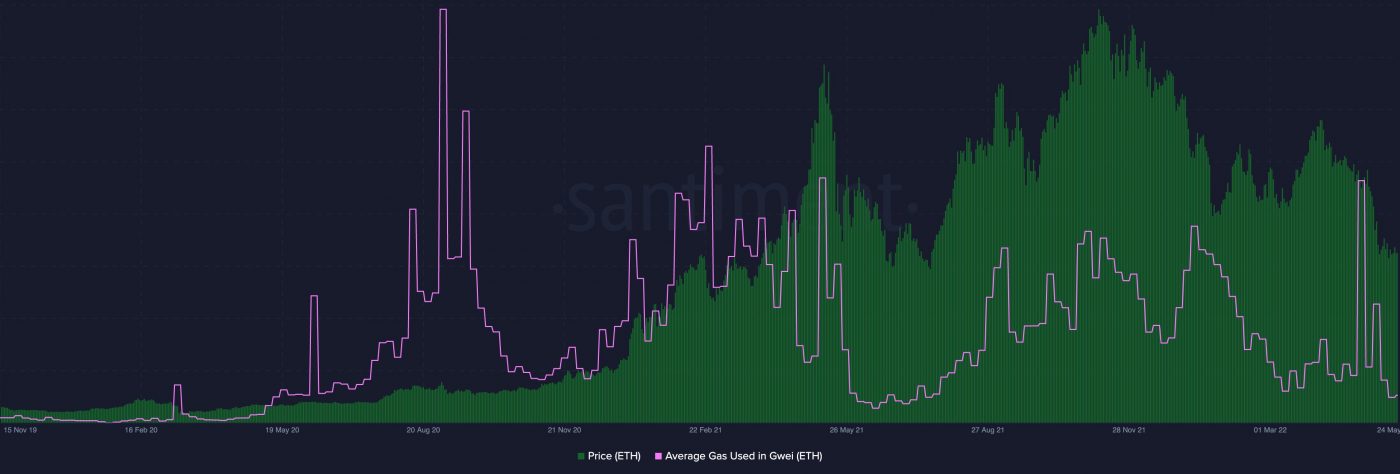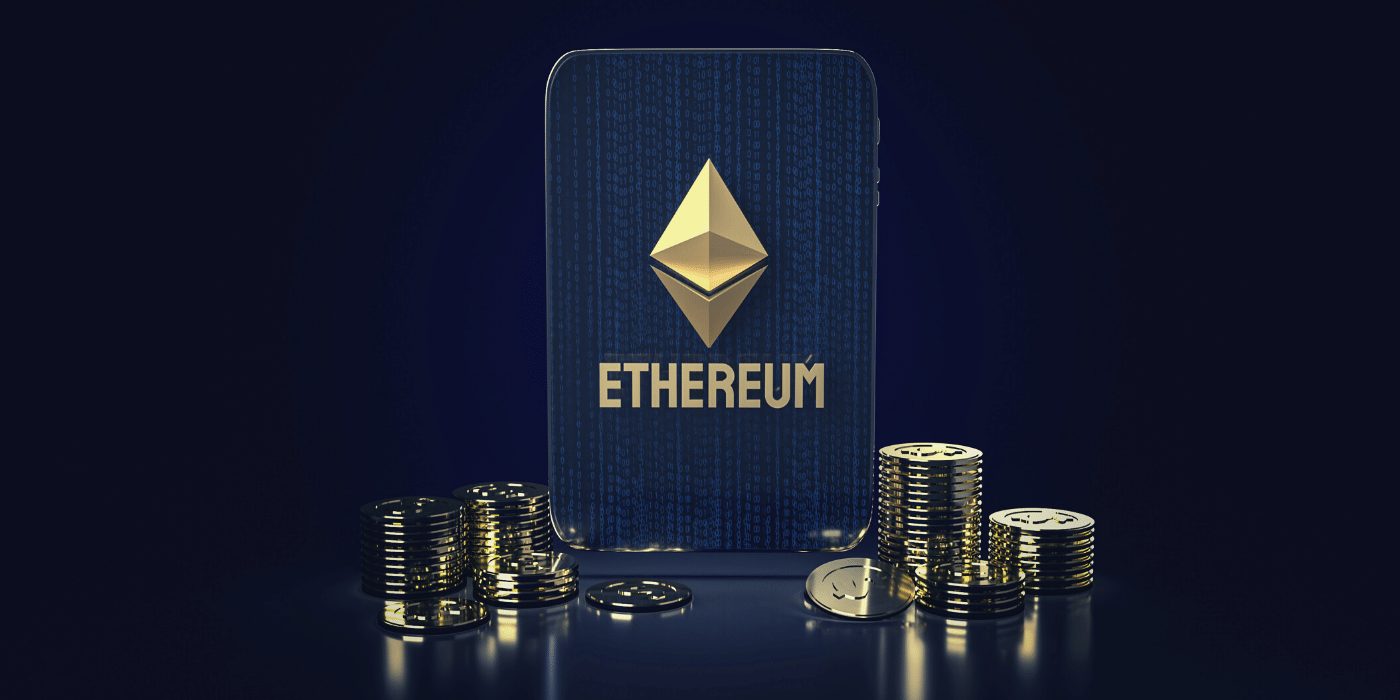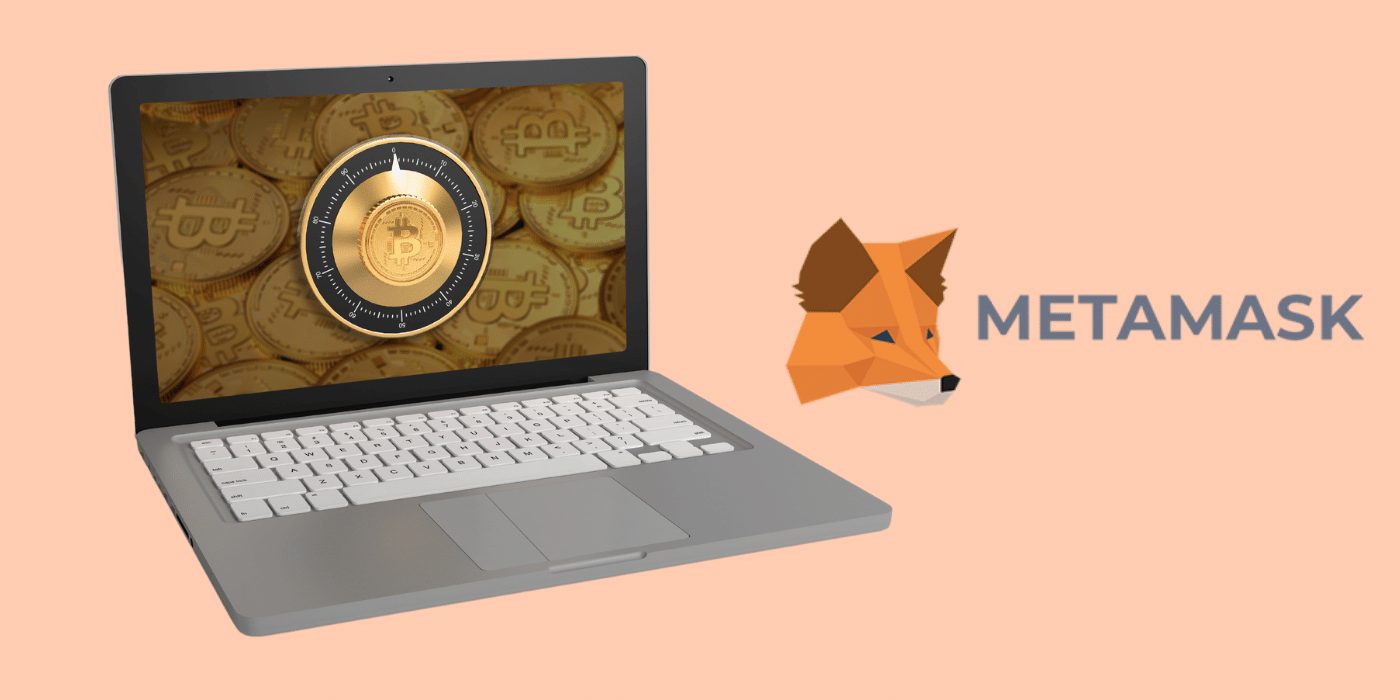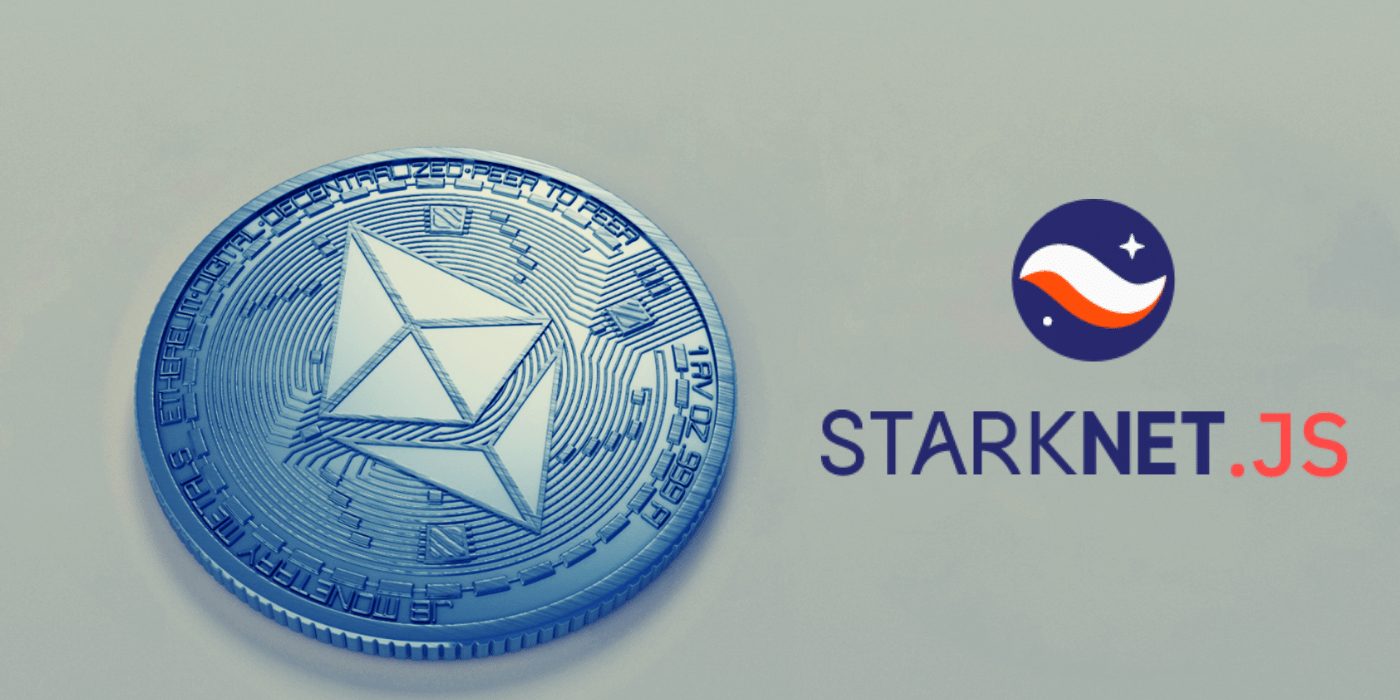Ethereum gas fees are really low in the past few weeks, singing below US$3 per transaction, according to recent data by market intelligence firm Santiment.
ETH Gas Fees Reach July 2021 Levels
Gas fees on the Ethereum have been at their lowest levels since July 2021, when fees would cost around $3 to $5 per transaction for a few days. As such, gas fees have been declining since mid-February of 2022.
Santiment said that low gas fees correlate to lower network activity. A median-size transaction can reach a high of just $4 in gas fees. This is a notable drop considering five months ago we were used to seeing three or four-digit transactions costing 20, 50, and even 100 USD in gas fees.

Santiment also tapped into DAI, an Ethereum-backed and second-largest stablecoin in the crypto by market, saying that DAI’s currently velocity supports the notion of market participants having “little interest to do anything.”
Gas fees for NFT sales on OpenSea are also significantly lower —the cost of an OpenSea sale could reach a maximum of $10.63, and $10.20 on the lower end. Gas fees on Ethereum-linked protocols such as Uniswap are also on the same level.
Layer-2 Solutions Battling For Lower Transaction Fees
Before reaching these levels, Ethereum layer-2 solutions were already offering cheap gas prices. Over a month ago, Arbitrum, Ethereum’s largest rollup solution introduced Nitro, a major update that seeks to reduce gas fees by half on the Arbitrum network.
Meanwhile, StarkNet, another rollup solution announced lower gas fees through the use of Zero-Knowledge rollups, making transaction costs 100x lower than Layer-1s














